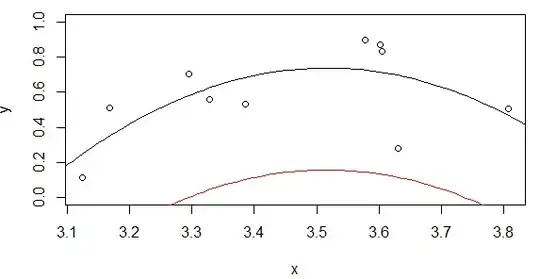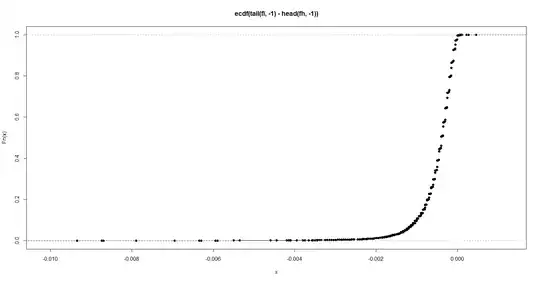I carried out White's test for a particular model to check for heteroskedasticity. I got the following results for White's test (details shown below). AS it can be seen the p-value (0.299) isn't that small so I interpreted it as not having to reject the null hypothesis. However, I also decided to do an rvfplot and I've attached a picture of how it looks as well. To me it doesn't display homoskedasticity. Are my interpretations incorrect?
Image of the rvfplot:

